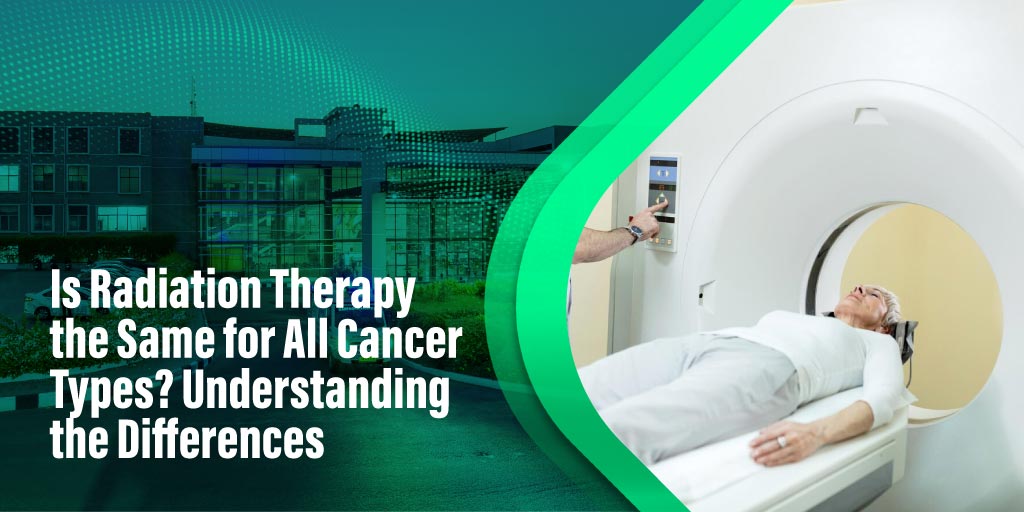One of the most prevalent cancers in males is prostate cancer, which has serious effects on lifestyle and health. While receiving a prostate cancer diagnosis might be daunting, knowing your treatment choices is essential to making well-informed decisions on your health. This comprehensive guide will help you navigate the different prostate cancer treatment options, providing clarity and insight into what they entail. For those seeking specialized care, the advanced cancer hospital in Coimbatore offers cutting-edge treatments and expert guidance to support you through every step of your journey.
Understanding prostate cancer is crucial before looking at treatment options. Men’s tiny prostate gland is responsible for producing seminal fluid. Uncontrollably growing prostate cells can lead to prostate cancer. It is usually a slow-growing cancer that is frequently identified by a digital rectal exam or by high blood levels of the prostate-specific antigen (PSA).
Treatment Options
Prostate cancer treatment varies according to the patient’s age, personal preferences, and the stage and grade of the cancer. The main forms of treatment consist of
Active Surveillance
Active Surveillance is a treatment option for men with low-risk, localized prostate cancer. With this method, cancer is closely observed but not treated right away. The cancer is monitored with routine PSA testing, DREs, and occasionally biopsies. If signs of progression appear, treatment may be initiated.
Pros:
Avoids or postpones medication’s negative effects.
Maintains life’s quality.
Cons:
Chance of cancer spreading.
Fear of a life without cancer treatment.
Surgery
Prostatectomy is the surgical term for the removal of the prostate gland. Various surgical procedures are available, such as laparoscopic, robotic-assisted, and open surgery.
The most common kind is called a radical prostatectomy, in which the prostate is removed along with some surrounding tissue. This option is generally recommended for men with localized cancer.
Pros:
Potentially healing in cases of localized cancer.
Provides comprehensive information on pathologies.
Cons:
Risks associated with erectile dysfunction and urine incontinence.
Major surgery with inherent risks.
Radiation Therapy
High-energy photons or particles are used in radiation therapy to destroy cancer cells. It can be internal (brachytherapy) or external (external beam radiation therapy, or EBRT).
With external beam radiation therapy (EBRT), radiation from outside the body is directed onto the prostate, usually over a few weeks.
Direct implantation of radioactive seeds into the prostate is known as brachytherapy.
Pros:
Non-invasive and provided as outpatient care.
Effective for localized cancer.
Cons:
Side effects such as fatigue, urinary, and bowel problems.
Potential for erectile dysfunction.
Hormone therapy
Hormone therapy (also known as androgen deprivation therapy) tries to lower levels of male hormones, or androgens, which can promote the growth of prostate cancer cells. Medication or testicular excision surgery (orchiectomy) can achieve this.
Pros:
Can reduce or halt the spread of cancer.
Used for cancer that is progressing or recurring.
Cons:
Hot flashes, libido loss, and osteoporosis are among the side effects.
Usually used to control cancer; not curative.
Chemotherapy
Drugs are used in chemotherapy to kill cells that grow rapidly, especially cancer cells. It is typically prescribed for advanced prostate cancer that has progressed beyond the prostate and is resistant to hormone therapy.
Pros:
Can reduce symptoms and delay the advancement of advanced cancer.
Frequently used in conjunction with several therapies.
Cons:
Notable adverse effects include exhaustion, nausea, and hair loss.
Requires multiple cycles over months.
Immunotherapy
Immunotherapy fights cancer by utilizing the body’s immune system. One of the main immunotherapy options for prostate cancer is sipuleucel-T (Provenge), a vaccine that stimulates the immune system to attack prostate cancer cells.
Pros:
Targets cancer cells specifically.
Can extend life expectancy in some cases.
Cons:
Expensive and complex treatment process.
Side effects can include fever, chills, and fatigue.
Targeted therapy
Targeted therapy targets particular chemicals that are essential to the development and metastasis of cancer cells. PARP inhibitors are one such treatment for men with particular genetic mutations (e.g., BRCA1/2).
Pros:
May work better for specific genetic profiles.
Frequently has fewer adverse effects than chemotherapy.
Cons:
Not appropriate for every patient.
Can be expensive.
Clinical Trials
Clinical trials provide access to advanced treatments that are not yet publicly available. These could include new medications, therapeutic combinations, or fresh perspectives on already effective treatments.
Pros:
Availability of the newest therapies.
Support for medical research.
Cons:
Unknown side effects could occur.
Not always successful.
Choose the best treatment
Prostate cancer therapy decisions are influenced by a number of factors. The following actions can help direct the decision-making process:
- Speak with Experts
Interact with urologists, oncologists, radiologists, and pathologists as part of a multidisciplinary healthcare team. They can offer in-depth explanations of your particular situation and available treatments. - Consider Second Opinions
Getting a second opinion can validate the appropriate course of action and offer new perspectives. It can be comforting and is a popular practice. - Evaluate Risks and Benefits
Every treatment has advantages and disadvantages. Think about the possible drawbacks, the chances of success, and how each choice fits into your lifestyle and personal values. - Incorporate Personal Preferences
Your choices and factors on your quality of life are very important. Talk about how each treatment may affect your long-term objectives and day-to-day activities with your healthcare team. - Stay Informed
Treatment for prostate cancer is a developing field. Keep up with any new findings and medical advancements that may apply to your particular situation.
Navigating the treatment options for prostate cancer involves a deep comprehension of the condition, the available therapies, and a thoughtful assessment of one’s values and health objectives. You may make knowledgeable decisions regarding your health by speaking with experts, getting second opinions, and remaining educated. Remember, you are not alone. Numerous resources and support systems are available to help you through this journey.








